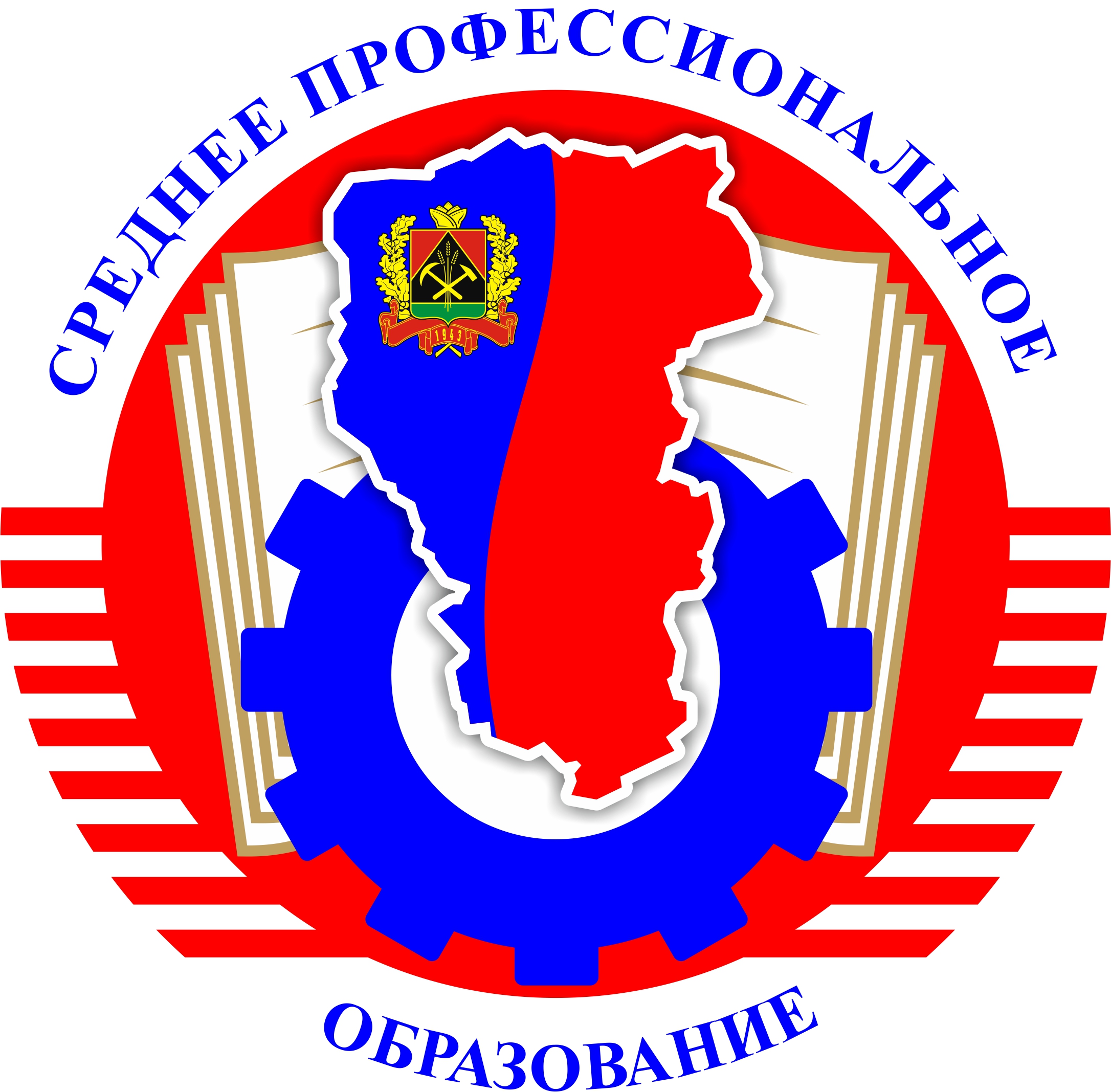ДОБРО ПОЖАЛОВАТЬ!
Новости
Valentine's Day is a romantic observance celebrated in the UK and many other countries every February 14.

IS VALENTINE'S DAY A PUBLIC HOLIDAY?
VALENTINE'S DAY IN THE UK
VALENTINE'S CARDS AND DINNERS
REGIONAL VALENTINE'S CELEBRATIONS
The City of Love
Jack Valentine and St Dwynwen
THE ENGLISH ORIGIN OF VALENTINE'S
Burns Night is annually celebrated in Scotland on or around January 25. It commemorates the life of the bard (poet) Robert Burns, who was born on January 25, 1759. The day also celebrates Burns' contribution to Scottish culture. His best known work is Auld Lang Syne.
IS BURNS NIGHT A PUBLIC HOLIDAY?

WHAT DO PEOPLE DO?
PUBLIC LIFE
BACKGROUND
SYMBOLS

Thirteen days after Western Christmas, on January 7th, the Russian Orthodox Church celebrates its Christmas, in accordance with the old Julian calendar. It's a day of both solemn ritual and joyous celebration
After the 1917 Revolution, Christmas was banned throughout Russia, along with other religious celebrations. It wasn't until 75 years later, in 1992, that the holiday was openly observed. Today, it's once again celebrated in grand fashion, with the faithful participating in an all-night Mass in incense-filled Cathedrals amidst the company of the painted icons of Saints.
Christmas is one of the most joyous traditions for the celebration of Eve comes from the Russian tradition. On the Eve of Christmas, it is traditional for all family members to gather to share a special meal. The various foods and customs surrounding this meal differed in Holy Russia from village to village and from family to family, but certain aspects remained the same.
An old Russian tradition, whose roots are in the Orthodox faith, is the Christmas Eve fast and meal. The fast, typically, lasts until after the evening worship service or until the first star appears. The dinner that follows is very much a celebration, although, meat is not permitted. Kutya (kutia), a type of porridge, is the primary dish. It is very symbolic with its ingredients being various grains for hope and honey and poppy seed for happiness and peace.
Once the first star has appeared in the sky, the festivities begin. Although all of the food served is strictly Lenten, it is served in an unusually festive and anticipatory manner and style. The Russians call this meal: "The Holy Supper." The family gathers around the table to honor the coming Christ Child. A white table-cloth, symbolic of Christ's swaddling clothes, covers the Table. Hay is brought forth as a reminder of the poverty of the Cave where Jesus was born. A tall white candle is place in the center of the Table, symbolic of Christ "the Light of the World." A large round loaf of Lenten bread, "pagach," symbolic of Christ the Bread of Life, is placed next to the Candle.
The meal begins with the Lord's Prayer, led by the father of the family. A prayer of thanksgiving for all the blessings of the past year is said and then prayers for the good things in the coming year are offered. The head of the family greets those present with the traditional Christmas greeting: "Christ is Born!" The family members respond: "Glorify Him!" The Mother of the family blesses each person present with honey in the form of a cross on each forehead, saying: "In the Name of the Father and of the Son and of the Holy Spirit, may you have sweetness and many good things in life and in the new year." Following this, everyone partakes of the bread, dipping it first in honey and then in chopped garlic. Honey is symbolic of the sweetness of life, and garlic of the bitterness. The "Holy Supper" is then eaten (see below for details). After dinner, no dishes are washed and the Christmas presents are opened. Then the family goes to Church, coming home between 2 and 3 am. On the Feast of the Nativity, neighbors and family members visit each other, going from house to house , eating, drinking and singing Christmas Carols all the day long.
Epiphany, or Twelfth Night, marks the end of the Christmas and New Year season for most people in the United Kingdom (UK). It is also an occasion for Christians to celebrate the three kings' (or wise men's) visit to Jesus shortly after his birth and Jesus' baptism.
IS EPIPHANY A PUBLIC HOLIDAY?

WHAT DO PEOPLE DO?
PUBLIC LIFE
BACKGROUND
 Sincerest wishes for hope, happiness and peace during this Holiday Season and throughout the coming year!
Sincerest wishes for hope, happiness and peace during this Holiday Season and throughout the coming year!



Ежегодно 5 октября в более 100 странах отмечается Всемирный день учителя, который был учрежден в 1994 году. Этот день — прекрасный повод поблагодарить тех, кто выбрал себе важную и сложную профессию.
По доброй традиции в честь этой даты в Краснобаковском лесном колледже состоялся концерт.
Открыл мероприятие директор Малышев Е.А., который поздравил с праздником всех педагогов и ветеранов колледжа.
В торжественное обстановке Евгений Александрович совместно со специалистом по кадрам Скворцовой М.Ю. вручили заслуженные награды за безупречную работу, добросовестное исполнение служебных обязанностей, высокий профессионализм и в связи с празднованием Дня учителя.
Почетный диплом Губернатора Нижегородской области
Уткин Александр Анатольевич – преподаватель.
Благодарность Губернатора Нижегородской области
Забродина Галина Николаевна - заведующий методическим кабинетом.
Благодарственное письмо департамента лесного хозяйства Нижегородской области
Бархатов Борис Васильевич – методист;
Воронина Марина Владимировна – преподаватель.
Почетная грамота комитета по охране, использованию и воспроизводству объектов животного мира Нижегородской области
Беляева Ольга Александровна - инженер 2 категории.
Благодарственное письмо Администрации
Гончарова Татьяна Ивановна – преподаватель;
Громова Зинаида Ивановна – воспитатель;
Менькова Светлана Николаевна – преподаватель;
Пупышева Екатерина Владимировна - заведующая сектором музея.
Почетная грамота администрации ГБПОУ НО «Краснобаковский лесной колледж»
Ананьева Нина Ивановна – преподаватель;
Даровских Галина Анатольевна – преподаватель;
Чашина Галина Николаевна – преподаватель;
Чудоквасова Галина Анатольевна – преподаватель;
Шарова Ирина Александровна – преподаватель.
Звание «Заслуженный ветеран Краснобаковского лесного колледжа» в 2018 году было присвоено:
Ананьевой Нине Ивановне – преподавателю;
Воронину Владимиру Семеновичу – руководителю учебного лесного хозяйства;
Гончаровой Татьяне Ивановне – преподавателю;
Комраковой Софье Николаевне – заведующему сектором библиотеки;
Лебедевой Ольге Николаевне – начальнику отдела кадров;
Уткину Анатолию Николаевичу – преподавателю.
Множество добрых слов и пожеланий прозвучало в этот день в адрес педагогов и ветеранов колледжа от наших студентов, которые порадовали присутствующих.
Учитель – это особая профессия, требующая огромной и бескорыстной любви к детям, к своим ученикам. Мы от всей души поздравляем вас с праздником, уважаемые педагоги, и желаем крепкого здоровья, творческих успехов, семейного благополучия. Пусть ваша профессия всегда приносит вам радость и успех!


Высококвалифицированные кадры нужны в любой отрасли производства. Отсутствие таких специалистов становится проблемой для всей экономики государства. Решением этой задачи уже заинтересовались и в органах федеральной власти. Спрос на специалистов технической направленности, которые могут работать со сложным оборудованием на высокотехнологичных производствах, растет с каждым днем, и авторитет средних профессиональных учебных заведений начинает возрождаться.
2 октября 1940 года Президиумом ВС СССР был ратифицирован указ «О государственных трудовых резервах СССР», который разделил все училища на три вида. В школах фабрично-заводского обучения (ФЗО) подготовка велась 6 или 10 месяцев, а в ремесленных и железнодорожных училищах – 2 года. Существовали также специальные ремесленные училища, в которых срок обучения длился от 3-х до 4-х лет, а в художественных – 3 года. Набирали в эти учреждения двумя путями: призывом или по желанию.
2 октября является датой ежегодного празднования Дня профтехобразования. Традиционно в этот торжественный день во всех средних специальных технических учебных заведениях проводятся линейки, а студенты организовывают поздравительные концерты для преподавателей.
Сегодня в РФ более 200 тыс. студентов обучаются в 2500 учреждениях начального и среднего профессионального (технического) образования.

Let your vacations be full of joy, I wish your vacation gives you the pleasure of enjoying and make the moment wonderful for your life.
Happy Summer Holidays.



Поделиться с друзьями: